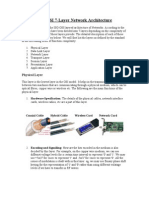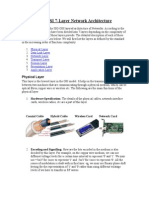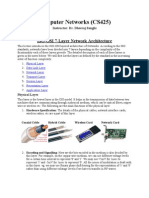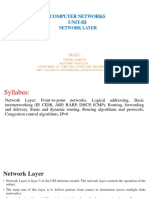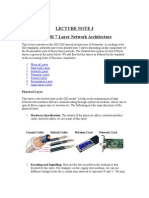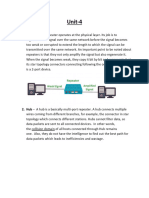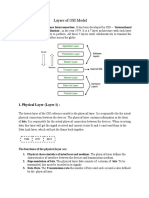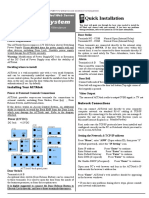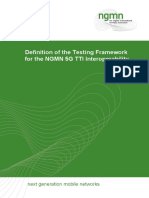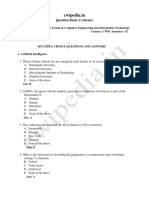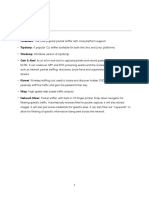0% found this document useful (0 votes)
16 views11 pagesModule Three
The document discusses various design issues related to the network layer, including routing, congestion control, addressing, packet forwarding, quality of service, fragmentation, security, and inter-networking. It also explains store-and-forward techniques, services provided by the network layer, and different routing methods such as static and dynamic routing, as well as flooding, distance vector, and link-state routing. Additionally, it compares IPv4 and IPv6 addressing, highlighting their differences in structure, capacity, and security features.
Uploaded by
Jon SnowCopyright
© © All Rights Reserved
We take content rights seriously. If you suspect this is your content, claim it here.
Available Formats
Download as PDF, TXT or read online on Scribd
0% found this document useful (0 votes)
16 views11 pagesModule Three
The document discusses various design issues related to the network layer, including routing, congestion control, addressing, packet forwarding, quality of service, fragmentation, security, and inter-networking. It also explains store-and-forward techniques, services provided by the network layer, and different routing methods such as static and dynamic routing, as well as flooding, distance vector, and link-state routing. Additionally, it compares IPv4 and IPv6 addressing, highlighting their differences in structure, capacity, and security features.
Uploaded by
Jon SnowCopyright
© © All Rights Reserved
We take content rights seriously. If you suspect this is your content, claim it here.
Available Formats
Download as PDF, TXT or read online on Scribd
/ 11




